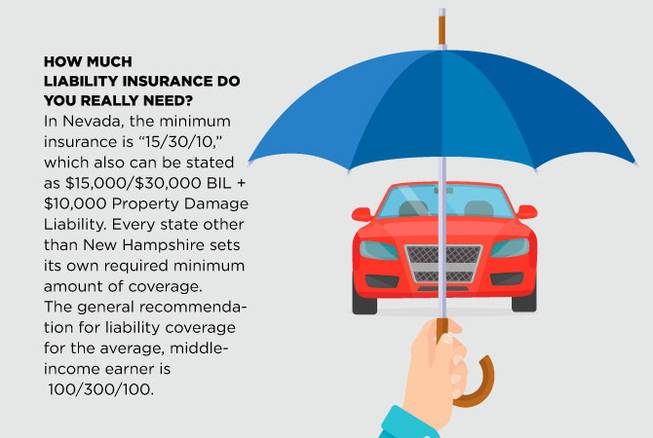There's an old joke about insurance coverage: What do hospital gowns and insurance plan share? You're never covered as much as you believe you are. If you split a smile recently, it's just since that joke has more fact than humor. We've all questioned the worth of insurance eventually, whether it's vehicle insurance coverage, life insurance, or health insurance coverage. But among the most significant secrets of the insurance coverage industry is long-term care insurance coverage. When you begin purchasing long-term care insurance coverage, you'll recognize quickly that it's expensive and complicated. And that can leave you questioning whether this kind of coverage deserves it.
Long-term care insurance coverage can add worth in specific scenarios, depending upon the coverage, as well as your net worth, your age, and your health history. Before you can completely assess how long-lasting health insurance would fit into your life, though, it's smart to master the basics of how this protection works. Long-lasting care insurance, also referred to as long-term health insurance coverage, particularly pays for individual and custodial care expenses related to a persistent condition. Personal and custodial care services are designed to help you with activities of day-to-day living, likewise called ADLs, such as eating, bathing, and dressing. The most typical service providers of these services are house health aides, adult daycares, and nursing houses. How much is life insurance.
Many Americans over the age of 65 rely on Medicare for their health insurance coverage. Medicare, nevertheless, does not pay for custodial care services. Medicaid does, but only impoverished people qualify. For those factors, many people who require long-term care wind up moneying time share exit those expenses out of their own pockets - How much is health insurance. And this is no small expense. Take an appearance at 2020 average expenses for different kinds of custodial care, projected by insurance provider Genworth: Grownup day care: $1,674 monthly Home health aide: $4,517 each month Assisted living: $4,173 monthly Semi-private space in a retirement home: $7,738 each month Private room in a nursing home: $8,773 monthly As you can see, even a short stint in an assisted living home without the help of long-lasting health insurance coverage could quickly weaken your monetary scenario.
As is typically the case with insurance, the more robust the coverage, the greater the premiums. Custodial care is expensive, which makes long-lasting care insurance pricey, too. According to the 2019 Milliman Long Term Care Insurance Study, people who carry long-lasting health coverage pay, typically, $2,169 in premiums each year. That number doesn't imply much until you understand what you get in return for those premiums. Your long-term care policy gives you access to a "swimming pool of advantages," likewise referred to as the life time benefit. The pool of advantages on a long-lasting care policy is the quantity the insurance provider will pay in your place.

Daily or monthly advantage. This is the optimum the insurance company will pay for covered services, expressed as a daily or month-to-month value. State you have long-lasting care insurance with a daily advantage of $150. If your personal nursing house space costs $300 per day, you can tap the insurance coverage for $150 and you 'd pay the rest. Advantage period. The advantage duration is the period of time your insurance company will pay your everyday or month-to-month advantage. A policy with a three-year benefit pays the daily benefit for 1,095 days. As soon as you use those days, you no longer have protection. Also, you don't have to utilize your benefit period consecutively.
4 Simple Techniques For What Is Deductible In Health Insurance
You 'd then have 1,065 days left, which you might use next week or 20 years from now as long as you keep paying your premiums. The swimming pool of benefits is determined as your day-to-day benefit, multiplied by the variety of days in your benefit period (How to get renters insurance). For instance, let's take a policy with an everyday advantage of $150 and a benefit period of 3 years. Increase the $150 by 1,095 days, and that equates to an initial swimming pool of advantages of $164,000. As you 'd anticipate, the day-to-day advantage value and the advantage duration both affect the premiums. A higher daily benefit or longer advantage period will cost you more.
These are inflation security and the waiting duration. Inflation protection. Inflation protection is an integrated annual increase to your pool of benefits. Returning to our $164,000 policy example, let's state this insurance has a 3% annual inflation modification. After 25 years, that policy's overall advantage would be about $343,380. The inflation adjustment effects your everyday benefit, however not the advantage period. Waiting duration. The waiting duration is the duration you are accountable for your care costs prior to your insurance starts. The waiting period starts when getting out of timeshare contract you first require custodial care. For instance, state you maintain the services of a full-time home health aide on September 1.
You won't have access to your daily benefit up until October. Waiting periods can be zero to 90 days or more. Policies may also define different waiting periods for different types of care. A much shorter waiting duration generally implies a greater premium. Outside of the protection alternatives you pick, your demographics likewise affect the cost of your premiums. Key elements include age, health, gender, and marital status. Age. Younger people pay less than older people. Health. Regretfully, if you're in bad health today, you might not even be a candidate for coverage. And even if your health is fine today, any household history of persistent illness will push your premiums higher.
Gender. Females are most likely than males to need long-lasting care, so ladies pay greater premiums. Marital status. Couples pay less for coverage than single individuals. Couples also have access to policies with a shared benefit swimming pool, meaning one partner might utilize the other's benefits if required. You will not know how much a long-lasting care policy will cost you until you get a quote. But an appearance at average premiums can show you how demographics and different advantage durations affect the rates. The table listed below shows average policy expenses for a single male, single lady, and a couple with comparable coverage levels.
Long-term care insurance steps in if you establish a health condition that needs you to get care and guidance. This could suggest house health care, nursing home care or personal or adult day care. Many individuals erroneously believe that Medicare or Medicaid would cover their care expenditures, however this is often not the case. Without long-lasting care insurance coverage in location, you might burn through your life savings or have no option however to count on a household member for care. Long-term care insurance is worth it since it protects your possessions, spares your family from monetary and emotional tension, and puts you in control of your health decisions.
